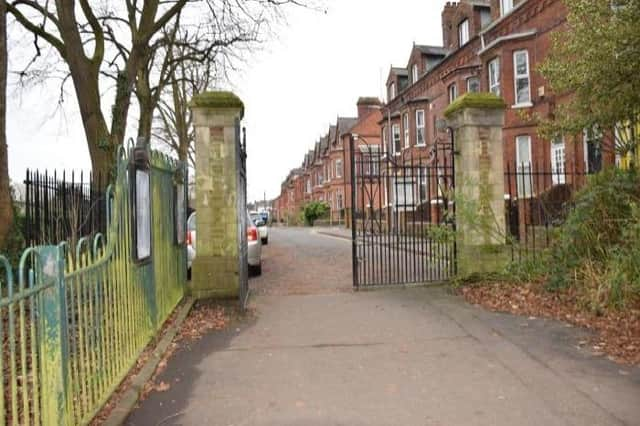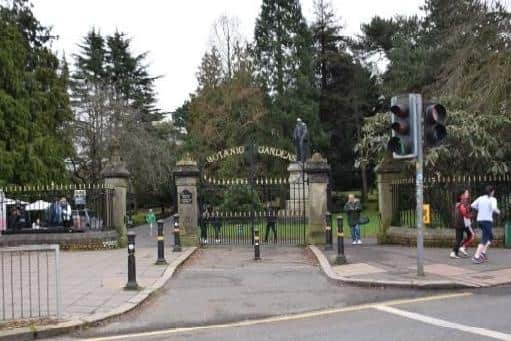Two gates to Belfast's Botanic Gardens to be protected with listed status


At the most recent meeting of the Belfast City Council Planning Committee, elected representatives supported a proposal by the Historic Environment Division at Stormont to list the “gate screens” at University Road/Stranmillis Road and at Colenso Parade.
Belfast City Council runs the public park and will be responsible for the upkeep of the gates, while the Stormont Department of Communities is responsible for giving the status for lists of buildings of special architectural or historic interest. The gates are proposed to receive a B2 listing.
Advertisement
Hide AdAdvertisement
Hide AdBotanic Gardens opened in 1828 as the private Royal Belfast Botanical Gardens. It continued as a private park for many years, only opening to members of the public on Sundays prior to 1895. It became a public park in 1895 when the Belfast Corporation, the body that later became the council, bought the gardens from the Belfast Botanical and Horticultural Society.


The gate screen at the junction of University Road and Stranmillis Road was constructed in 1878. The original gates and railings were removed as a contribution to the war effort in World War Two and the present gates were installed in 1989. The gates are crowned with an overthrow bearing the name ‘Botanic Gardens’ in art nouveau gilded-style lettering.
At the northern end of Colenso Parade, the gates afford direct access into Botanic Gardens from the terraces of Stranmillis. Erected in 1934, having replaced an earlier wooden structure, the gates and adjoining railings are original and considered as a rare survival of decorative pre-war ironwork.
A council planning report states: “The second survey of all of Northern Ireland’s building stock, is currently underway, to update and improve on the first List of buildings of special architectural or historic interest which began in 1974.
Advertisement
Hide AdAdvertisement
Hide AdThe Department for Communities states: “Listing does not prohibit future proposed work. Listing marks and celebrates a building’s special architectural and historic interest, and also brings it under the consideration of the planning system, so that it can be protected for future generations.
“Listing allows us to highlight what is significant about a building or site, and seeks to make sure that any future changes do not result in the loss of this significance.”